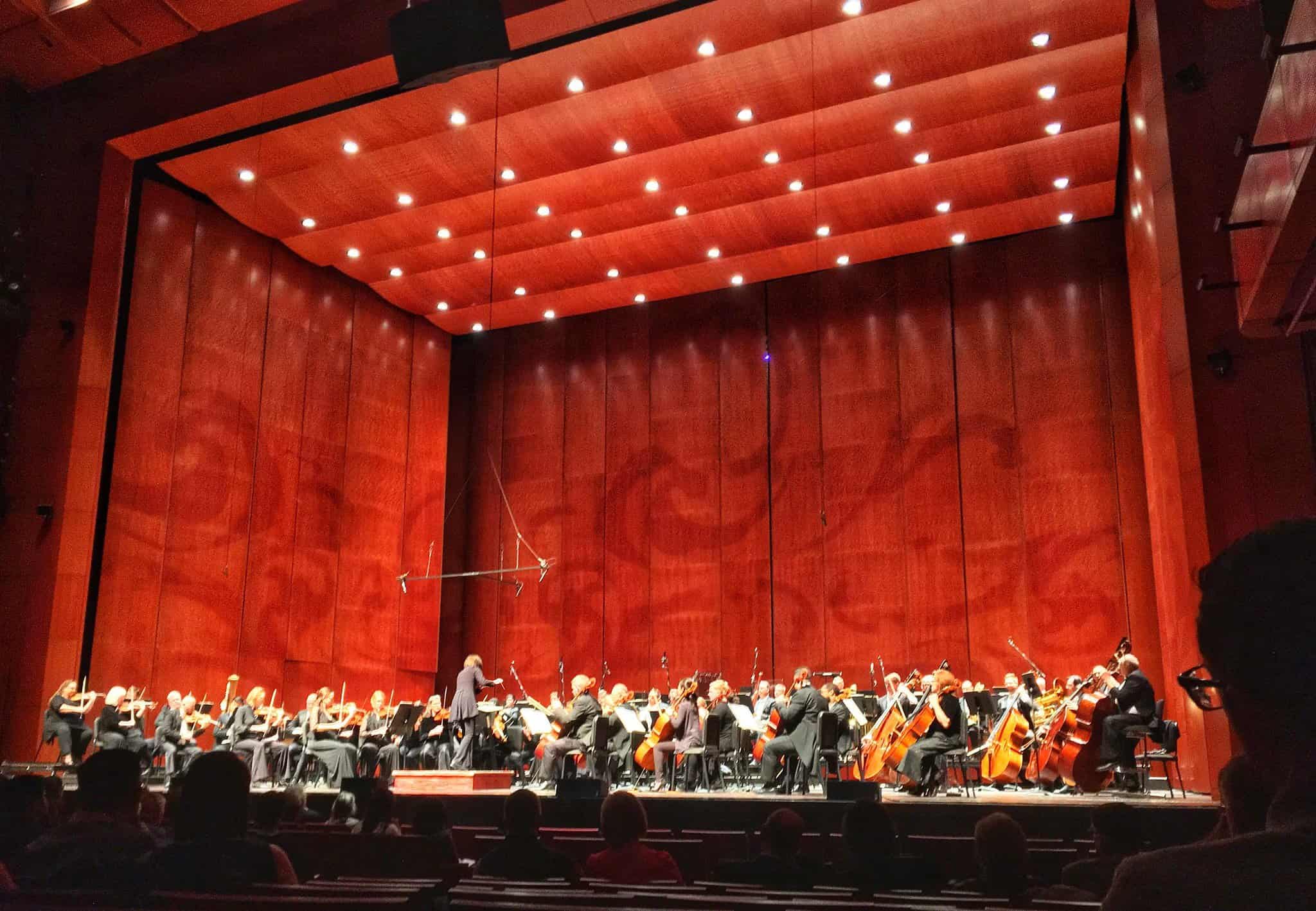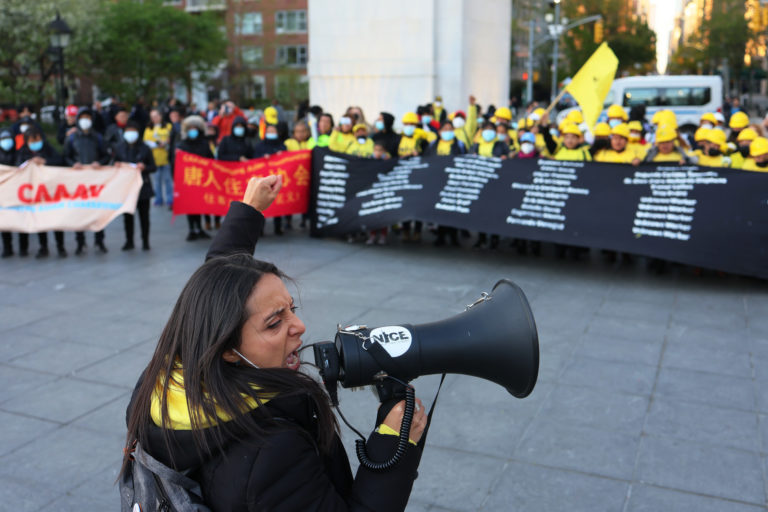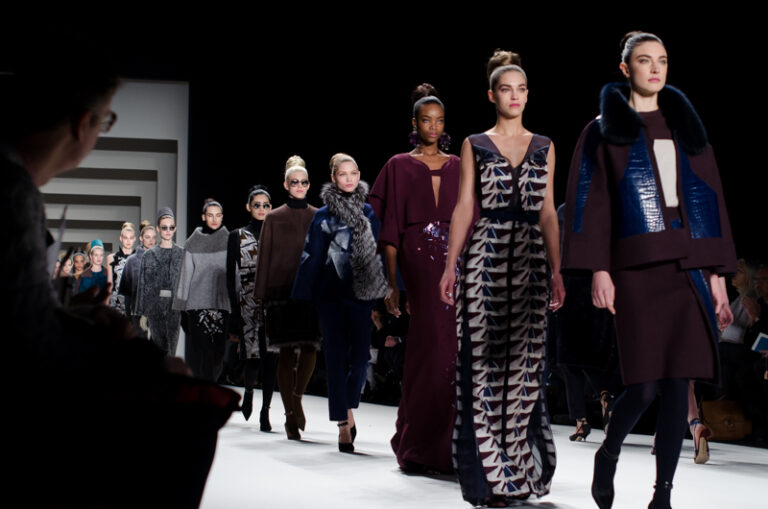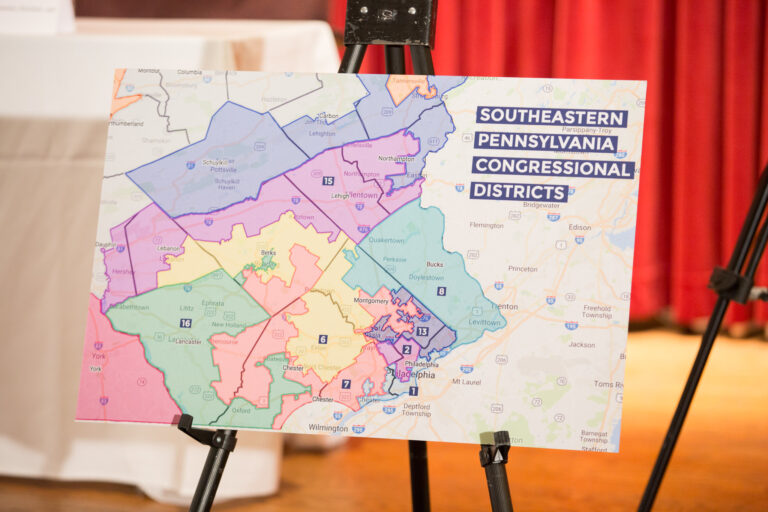
Andrew Strom is a union lawyer based in New York City. He is also an adjunct professor at Brooklyn Law School.
If you rank the Trump National Labor Relations Board decisions by multiplying poor reasoning by impact of the ruling, the decision issued last week in Bexar County Performing Arts Center Foundation may be the worst one yet.
Bexar involves the rights of employees who work on property that is not owned by their own employer. In 1945, the Supreme Court affirmed the right of off-duty workers to come on to parking lots and other non-working areas of their employer’s property to distribute leaflets in support of activity protected by the National Labor Relations Act (NLRA). But, in our increasingly fissured workplaces, more and more workers do not work on property owned by their own employer. Janitorial, food service, and security work is routinely contracted out, but the extent of this fissuring was illustrated when workers at Amazon warehouses brought a wage and hour case that went to the Supreme Court. It turned out that these individuals worked for an entity called Integrity Staffing Solutions. In Bexar, the Trump Board held that the millions of individuals who work at locations that are not owned by their employer effectively have no access rights.
Bexar arose when a dozen musicians employed by the San Antonio Symphony tried to hand out leaflets in front of the Tobin Performing Arts Center, a venue that the Symphony describes as its “home.” The Symphony performs at the Tobin Center under a licensing agreement with the foundation that owns the Center. Some of the musicians store their instruments at the Tobin Center, and during the three years before the leafletting occurred, between 79 and 88 percent of the Symphony’s performances and rehearsals took place at the Center. The performance season ran from September to June; the musicians worked for 30 of those 39 weeks, and gave performances at the Tobin Center during 22 of those weeks.
In 2011, the Board ruled in New York New York Hotel & Casino that employees of on-site contractors and licensees who regularly work at a particular location generally have a right of access to the premises to conduct activity protected by the NLRA, subject to the property owner’s right to show that the activity would significantly interfere with the use of its property. Employers had argued that they should be allowed to treat the employees of their contractors the same way that they treat nonemployee union organizers – as strangers who essentially have no access rights to engage in organizing activities. In New York New York, the Board carefully explained why it makes no sense to treat the employees of contractors as the equivalent of nonemployee organizers. First, the contractor employees have stronger rights than the nonemployee organizers. The employees have a right of self-organization that lies at the heart of the Act’s protections. As the Supreme Court has stated, the dominant purpose of the Act “is the right of employees to organize for mutual aid without interference.” By contrast, the Supreme Court has held that the rights of nonemployee organizers derive from the right of employees to learn the advantages of self-organization from others. In addition, the Board cited numerous cases demonstrating that “property owners ordinarily are able to protect their property and operational interests, in relation to employees of contractors working on their premises, without resort to state trespass law.” Often the owner has a contractual right to bar individual contractor employees from the premises, and even where that is not the case, contractors and licensees have incentives not to permit their employees to engage in misconduct on the premises. The Board’s well-reasoned opinion in New York New York was unanimously enforced by the D.C. Circuit in an opinion written by Brett Kavanaugh.
In Bexar, the Trump appointees held that the musicians employed by the Symphony had no access rights whatsoever at the Tobin Center because they did not work exclusively at that site. The Board explained that it could not possibly grant any rights to individuals who work regularly but not exclusively at a site because “regularity is far too imprecise and ambiguous to serve as a reliable indicator of where to draw the line on access rights.” Of course, the Board was not asked to decide some hypothetical case – it could have offered guidance to employers and workers by ruling on the facts at issue here. Furthermore, no party argued that the Symphony musicians did not work regularly at the Tobin Center.
At any rate, the Trump appointees only granted illusory rights to employees of contractors and licensees who work both regularly and exclusively on property that their employer does not own. Those employees have access rights only when the target audience is “isolated from the ordinary flow of information that characterizes our society.” In other words, unless the property at issue is somehow off the grid, contract workers have no access rights even if they work at the property 100% of their time.
How did the Trump Board Members justify this sweeping ruling depriving millions of workers of their core right to engage in organizing activity at their worksite? They claimed they were being “faithful to the teachings of the Supreme Court, which has repeatedly drawn a critical distinction ‘of substance’ between the property owner’s own employees and nonemployees of the property owner.” In fact, the Court has drawn that distinction in precisely two cases and both involved nonemployee union organizers who were strangers to the location. And, as Board Member McFerran pointed out, the D.C. Circuit held that those cases do not speak to the question of access rights for employees of the property owner’s contractors. The Trump appointees insisted that they were being true to the Supreme Court’s command that when NLRA rights conflict with property rights, the Board must reach an accommodation “with as little destruction of one as is consistent with maintenance of the other.” They claimed they were preserving the rights of the contractor employees because those employees can still exercise their NLRA rights anywhere other than their workplaces. But the workplace is the one location where NLRA rights matter most. It’s as if a city banned residents from gathering to worship at churches, synagogues, and mosques and argued there was no interference with anyone’s rights because residents are still free to pray elsewhere.
The Trump Board Members further try to justify this evisceration of workers’ rights by repeatedly labeling the contractor employees as “trespassers.” But, the D.C. Circuit (in an opinion joined by Chief Justice Roberts) has explained that the trespasser label is meaningless because as a matter of state trespass law even the property owner’s own employees are trespassers if they either seek access while off-duty or exceed the scope of their invitation by, for example, handbilling at a place or time forbidden by their employer.
The Bexar decision goes hand in hand with the Trump Board’s efforts to narrow the definition of joint employer. Don’t be fooled by the identity of the respondent in this case. The end result is to let large corporations profit off the labor of workers without incurring any legal obligation toward them. Thanks to Trump’s appointees, more and more workers will no longer enjoy basic rights that have long been taken for granted.






Daily News & Commentary
Start your day with our roundup of the latest labor developments. See all
December 18
New Jersey adopts disparate impact rules; Teamsters oppose railroad merger; court pauses more shutdown layoffs.
December 17
The TSA suspends a labor union representing 47,000 officers for a second time; the Trump administration seeks to recruit over 1,000 artificial intelligence experts to the federal workforce; and the New York Times reports on the tumultuous changes that U.S. labor relations has seen over the past year.
December 16
Second Circuit affirms dismissal of former collegiate athletes’ antitrust suit; UPS will invest $120 million in truck-unloading robots; Sharon Block argues there are reasons for optimism about labor’s future.
December 15
Advocating a private right of action for the NLRA, 11th Circuit criticizes McDonnell Douglas, Congress considers amending WARN Act.
December 12
OH vetoes bill weakening child labor protections; UT repeals public-sector bargaining ban; SCOTUS takes up case on post-arbitration award jurisdiction
December 11
House forces a vote on the “Protect America’s Workforce Act;” arguments on Trump’s executive order nullifying collective bargaining rights; and Penn State file a petition to form a union.